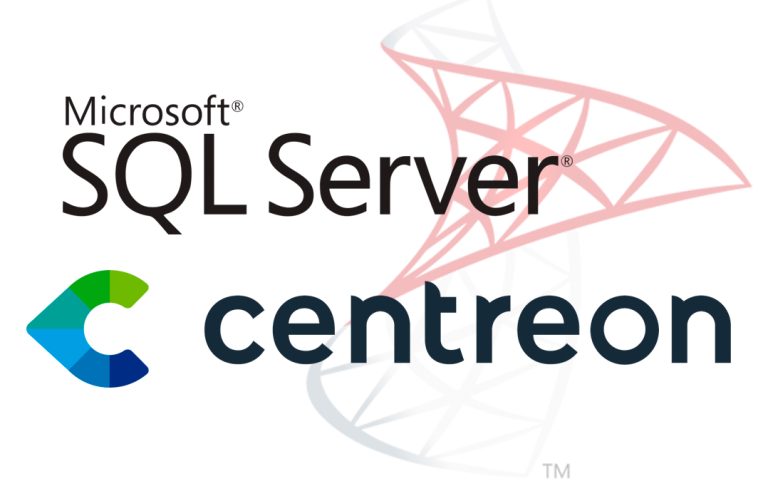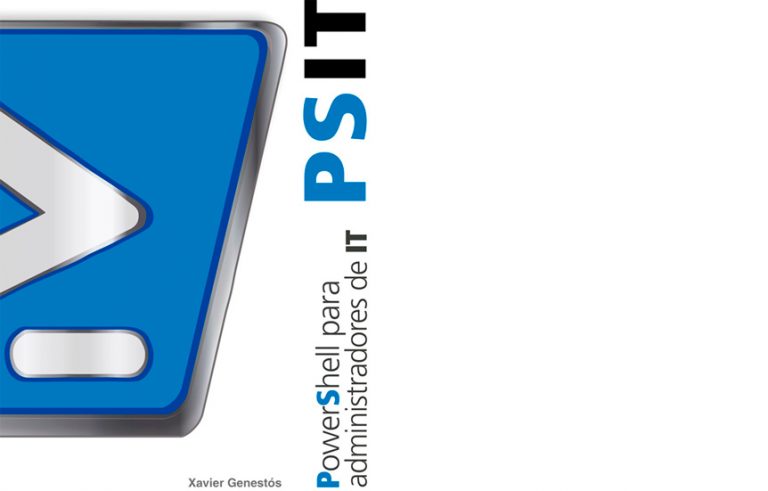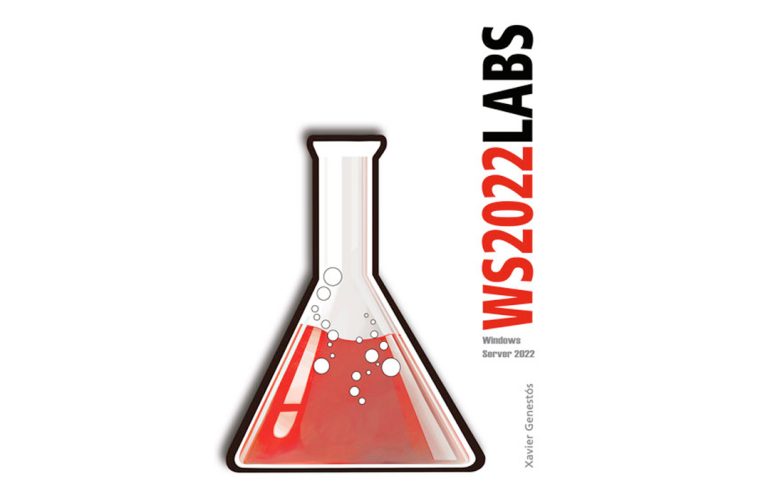
How to Uninstall a Microsoft Exchange Server 2003
In this document we will look at the correct way to uninstall a Microsoft Exchange server 2003, We have two ways to uninstall, Normal and manual. In the case of normal, It's as simple as any app, yes indeed, Verify that the Recipient Update Services migration has been performed before (HERE) to another Exchange server.
More info on how to uninstall an Exchange server: http://support.microsoft.com/kb/833396
Normal uninstallation – HERE,
Manual or forced uninstallation – HERE,

Well, to properly remove an Exchange server, we need to go to “Panel de Control” and go to “Add or Remove Programs”, Select “Microsoft Exchange” and click on “Add or Remove”,

The Microsoft Exchange installation wizard appears, we continue to remove this server from the current Exchange Organization. “Following”,

In the option “Action” We must select “Remove”. If it does not allow us, it could be for several reasons, because we have connectors on this server, we would have to remove them. Because we still have mailboxes on this server, we should migrate them to another server. Or because we have public folders on this server, we should replicate them to another server and remove them from here. Next, we would be allowed to remove Exchange. In the event that we are unable to proceed and we need to force the uninstallation, we will follow the manual procedure detailed a little further down. “Following”,

We check that everything is correct “Following”,

… we wait while Exchange is being removed…

“End”. Eye, it should be noted that the public and private stores have logically been removed, but their files have not, This is, the .EDB files, by default PRIV1.EDB or PRIV2.EDB.
Manual or forced uninstallation,
If the uninstallation fails, we can always manually remove the Exchange server, by force, this would be done by following these steps:
1º Disable the following services and then we will stop them (From the console “Services” of the “Administrative tools”, by right-clicking on each one and “Properties”):
| Distributed Transaction Coordinator |
| Internet Information Services Admin Service (IIS) |
| Microsoft Exchange Event |
| Internet Message Access Protocol (IMAP4) from Microsoft Exchange |
| Almacén de información de Microsoft Exchang |
| Servicio de administración de Microsoft Exchange |
| Pilas del Agente de transferencia de mensajes (MTA) de Microsoft Exchang |
| Protocolo de oficina de correo versión 3 (POP3) de Microsoft Exchang |
| Motor de enrutamiento de Microsoft Exchang |
| Servicio de replicación de sitios de Microsoft Exchang |
| Operador de sistema de Microsoft Exchang |
| Protocolo de transferencia de noticias a través de la red (NNTP) |
| Protocolo simple de transferencia de correo (SMTP) |
| Servicio de publicación World Wide Web |
2º Borrar las siguientes entradas del registro, así que iniciamos el registro escribiendo ‘regedit’ since “Execute” en el menú Inicio.
Debemos ir hasta HKEY_LOCAL_MACHINESOFTWAREMicrosoftExchange y eliminar esta rama, ‘Exchange’ in addition to the following:
¡
| HKEY_LOCAL_MACHINESYSTEMCurrentControlSetServicesDAVEX |
| HKEY_LOCAL_MACHINESYSTEMCurrentControlSetServicesEXIFS |
| HKEY_LOCAL_MACHINESYSTEMCurrentControlSetServicesExIPC |
| HKEY_LOCAL_MACHINESYSTEMCurrentControlSetServicesEXOLEDB |
| HKEY_LOCAL_MACHINESYSTEMCurrentControlSetServicesIMAP4Svc |
| HKEY_LOCAL_MACHINESYSTEMCurrentControlSetServicesMSExchangeActiveSynchNotify |
| HKEY_LOCAL_MACHINESYSTEMCurrentControlSetServicesMSExchangeADDXA |
| HKEY_LOCAL_MACHINESYSTEMCurrentControlSetServicesMSExchangeAL |
| HKEY_LOCAL_MACHINESYSTEMCurrentControlSetServicesMSExchangeDSAccess |
| HKEY_LOCAL_MACHINESYSTEMCurrentControlSetServicesMSExchangeES |
| HKEY_LOCAL_MACHINESYSTEMCurrentControlSetServicesMSExchangeFBPublish |
| HKEY_LOCAL_MACHINESYSTEMCurrentControlSetServicesMSExchangeIS |
| HKEY_LOCAL_MACHINESYSTEMCurrentControlSetServicesMSExchangeMGMT |
| HKEY_LOCAL_MACHINESYSTEMCurrentControlSetServicesMSExchangeMTA |
| HKEY_LOCAL_MACHINESYSTEMCurrentControlSetServicesMSExchangeMU |
| HKEY_LOCAL_MACHINESYSTEMCurrentControlSetServicesMSExchangeOMA |
| HKEY_LOCAL_MACHINESYSTEMCurrentControlSetServicesMSExchangeSA |
| HKEY_LOCAL_MACHINESYSTEMCurrentControlSetServicesMSExchangeSRS |
| HKEY_LOCAL_MACHINESYSTEMCurrentControlSetServicesMSExchangeTransport |
| HKEY_LOCAL_MACHINESYSTEMCurrentControlSetServicesMSExchangeWEB |
| HKEY_LOCAL_MACHINESYSTEMCurrentControlSetServicesPOP3Svc |
| HKEY_LOCAL_MACHINESYSTEMCurrentControlSetServicesRESvc |
| HKEY_LOCAL_MACHINESystemCurrentControlSetServices algo que empiece por LME– o SERVERNAME-LME |
| HKEY_LOCAL_MACHINESystemCurrentControlSetServicesMSSEARCH Si no tiene instalado Microsoft Office 2003, Office XP o SharePoint Service |
3º Quitar el servidor de la consola “System Administrator” in “Grupos Administrativos” > OUR_GROUP > “Servers” Right-click > “Eliminate”. Si esto nos fallase deberíamos usar el componente ADSI Edit, el ADSI Edit lo podremos descargar de la web de Microsoft – HERE – bajando las Support Tools para Windows 2003. Una vez instaladas las Support Tools, abrimos ADSI Edit ejecutando adsiedit.msc, debemos ir a la siguiente rama:
“Contenedor de configuración” > “CN = configuración DC = Nombre de dominio DC = com” > “CN = services” > ” CN = Microsoft Exchange” > ” CN = ORGANIZATION_NAME” > “CN = Administrative groups” > “CN = YOUR_ADMINISTRATIVE_GROUP” > “CN = servers” and on the server we are interested in deleting, right-click on it “Eliminate”.
4º Restart the server and that's it.
www.bujarra.com – Héctor Herrero – Nh*****@*****ra.com – v 1.0










































